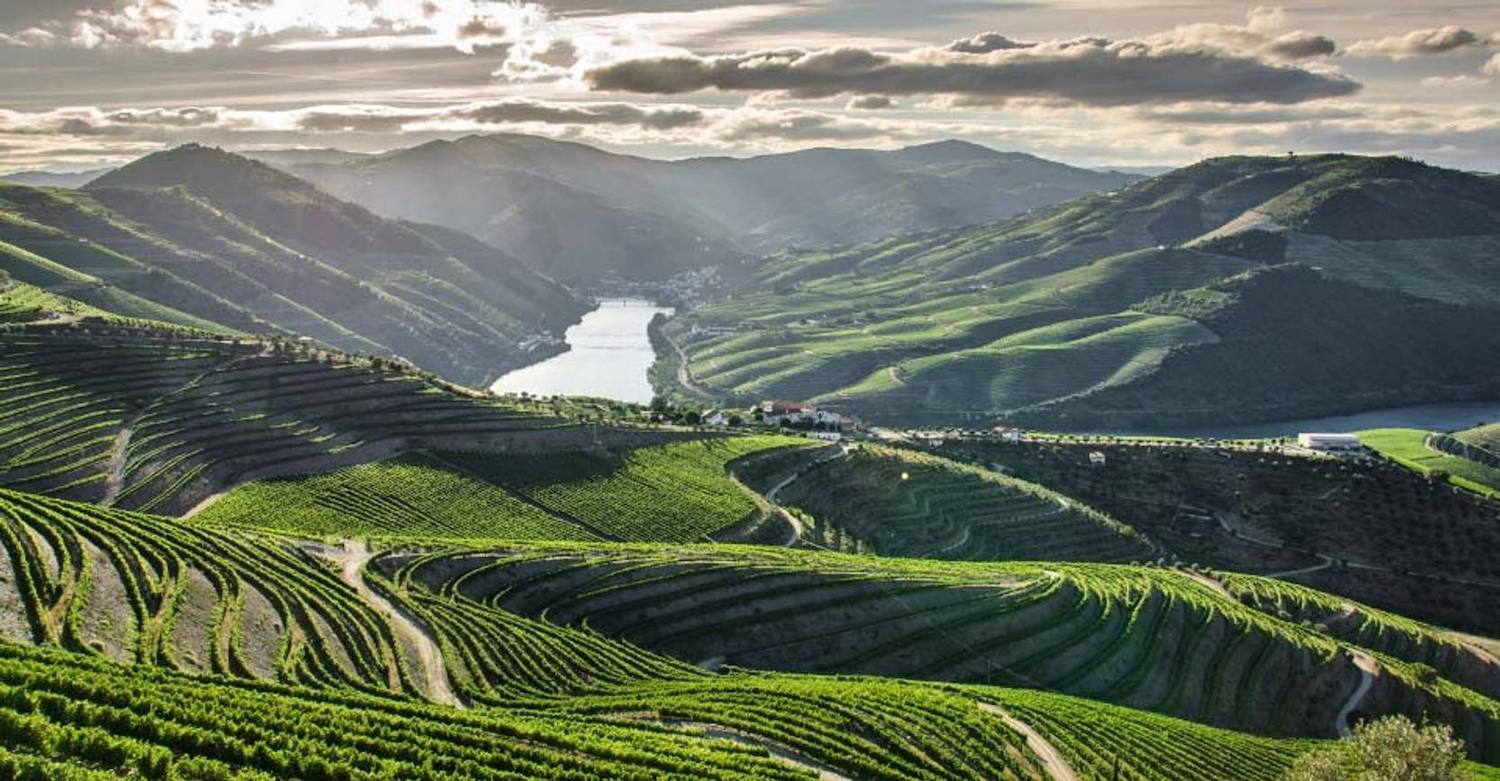Portugal’s Douro Valley is best known as a cradle of European winemaking. For more than 2,000 years grapes have been planted in terraced vineyards along the steep mountainsides that line the Douro River, when the Romans discovered that the dry and hot conditions created excellent grapes. Centuries later, in 1756 the Alto Douro area was established as the world’s first demarcated wine region and today remains the only place where Port wine is officially produced.
Yet there is another section of the Douro that’s far less known, of special interest to wine lovers who also have a passion for nature. Upstream some 70 miles from the heart of the wine-producing region around Pinhao lies the Douro International Natural Park—a 335-square mile tract of rugged cliffs and wild scrublands set aside in 1996 to protect the dramatic landscape and important flora and fauna, including some of Europe’s most threatened raptors.
Here in the northeast corner of Portugal, the Douro River forms the international border with Spain, hence the park’s name. On the Spanish side of the border, the preserve is called Arribes del Duero Natural Park. The park is part of a designated WWF ecoregion focused on conserving some of the last pristine forests in southwestern Europe.
Portugal’s most remote region and one of the wildest places in southern Europe, the park encompasses a broad swath of the Mirandes Plateau, which is cut by the “Grand Canyon of the Iberian Peninsula,” a 70-mile-long gorge forged by the Douro and walled by vertical granite cliffs rising more than 600 feet high in places. The rocky hillsides are dotted with prickly juniper and an assortment of oaks—sweet acorn, Pyrenean, black, holm and cork oak, the latter being the primary source of cork for wine bottle stoppers. Conserving Portugal’s cork oak landscapes has been a priority of WWF, which instituted the Green Heart of Cork program, awarding payments to landowners helping to sustain the ecosystem through responsible forest practices.
In addition to this native vegetation, parts of the park terrain have also been cultivated, with resilient groves of olive, citrus and almonds creating a patchwork of variegated greens. Should you visit in late February or early March, you may see the almond trees in blossom, decorating the arid hillsides with a froth of pale pink flowers. Later in spring and early summer, colorful wildflowers burst into bloom.

An Egyptian vulture and griffon vulture.
Douro International Natural Park is one of the most important wildlife reserves in Europe, harboring several species of birds threatened with extinction both nationally and internationally. As habitat loss causes bird-of-prey populations to decline in Portugal and throughout Europe, the park provides a crucial place for breeding and nesting.
As you walk along the canyon rim or look up from your kayak as you paddle the glistening ribbon of river, you may see some impressive birds of prey soaring on the thermals overhead. The park is a sanctuary for several prized vulture species, including the Egyptian vulture, which migrates north to nest here each summer, the black vulture and the griffon vulture, Europe’s largest vulture species. Other important birds protected here are the Bonelli’s eagle, golden eagle, red kite, black stork and peregrine falcon, while more common kingfishers, ospreys, herons and Eurasian eagle-owls round out the species you might observe.
The park shelters 35 mammal species as well, including roe deer, wild boar, European wildcat, otter, important colonies of threatened cave bats, and the rare Iberian wolf—one of the last packs in the region lives a few miles inland from the river. While mammal sightings are often elusive, you may spot some Miranda donkeys wandering in the hills—Portugal’s only indigenous donkey, they were used for centuries in agriculture but today are kept mostly as companions by elderly farmers. As their numbers have dwindled, local ecotourism efforts have helped sustain them, with donkey-supported treks rising in popularity.

The Natural Park is not without human presence, either. Four small towns lie within the bounds of the park, where narrow cobblestone lanes and whitewashed houses with red-tiled roofs evoke the old-world atmosphere that still prevails in the Douro Valley’s upper reaches. And evidence of human habitation goes back millennia, with Bronze Age rock art on display in the form of a 10,000-year-old engraving of a horse located near the river. Farther downstream, the Coa Valley Archaeological Park in Vila Nova de Foz Coa contains more than 80 rock art sites and 1,300 panels, the largest collection of prehistoric rock art in the world.
To visit Douro International Natural Park, join an August or September departure of Nat Hab’s “Paddling Portugal’s River of Wine” adventure. It’s a unique melding of nature and culture you won’t find anywhere else.































